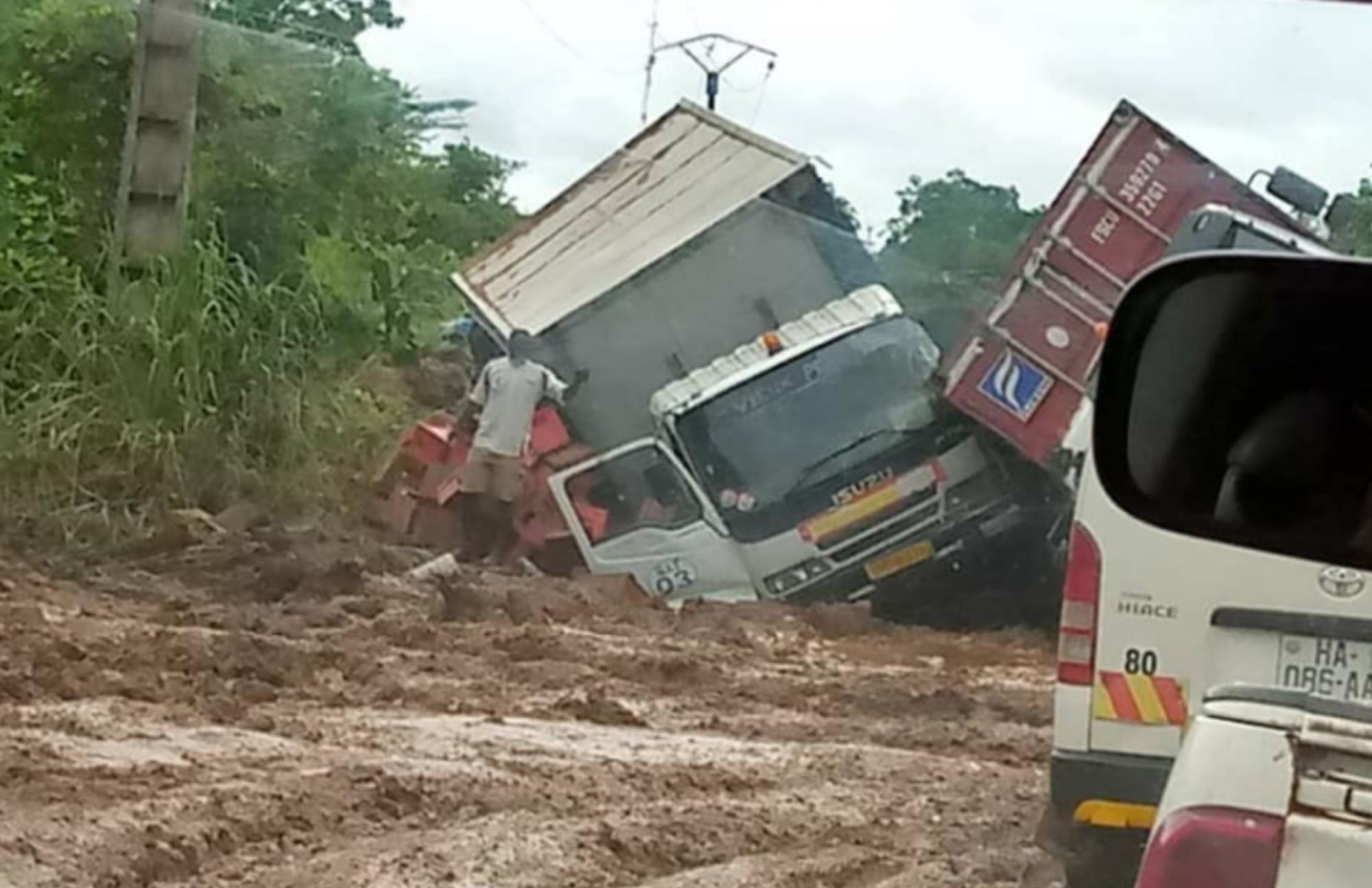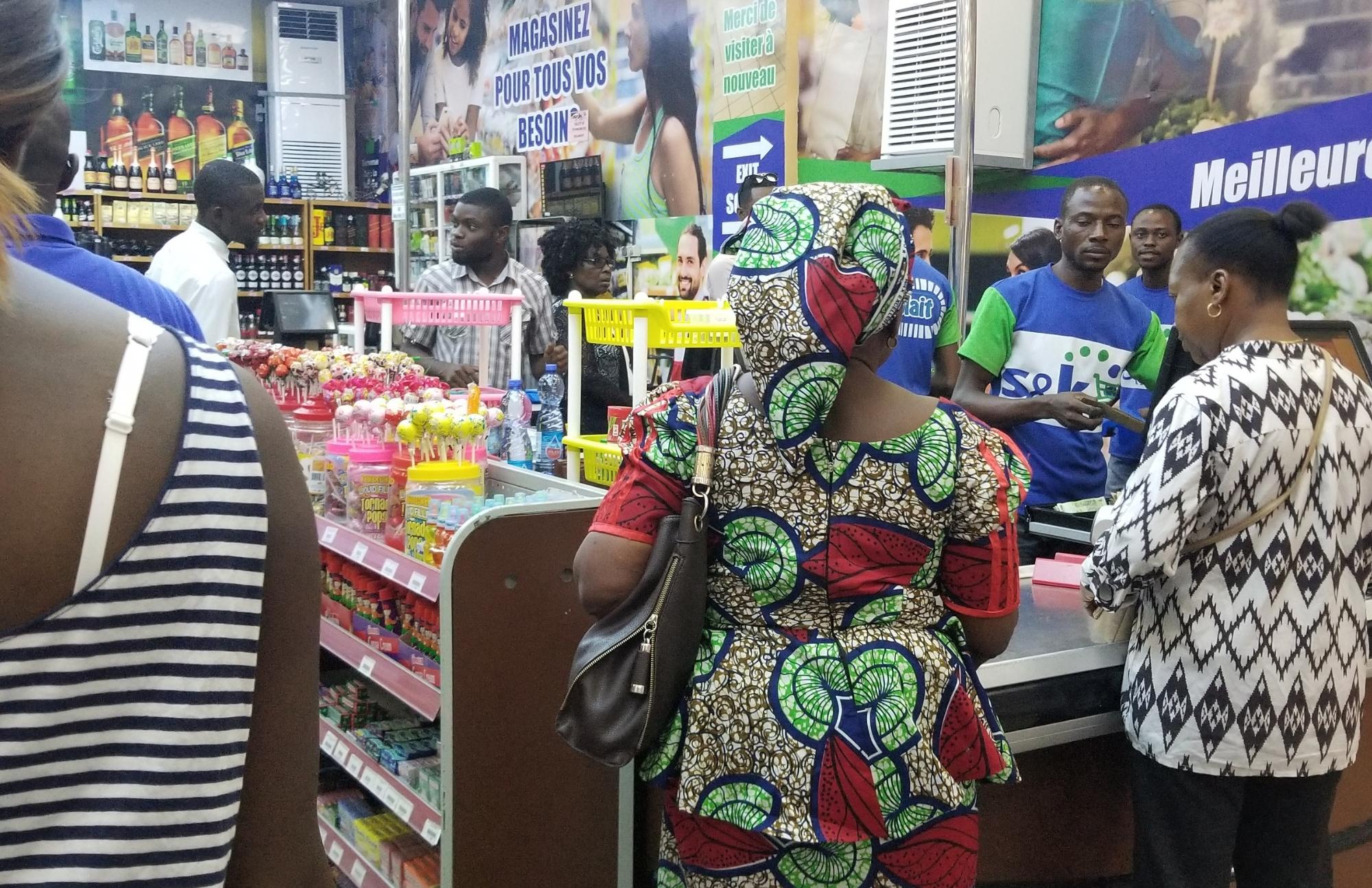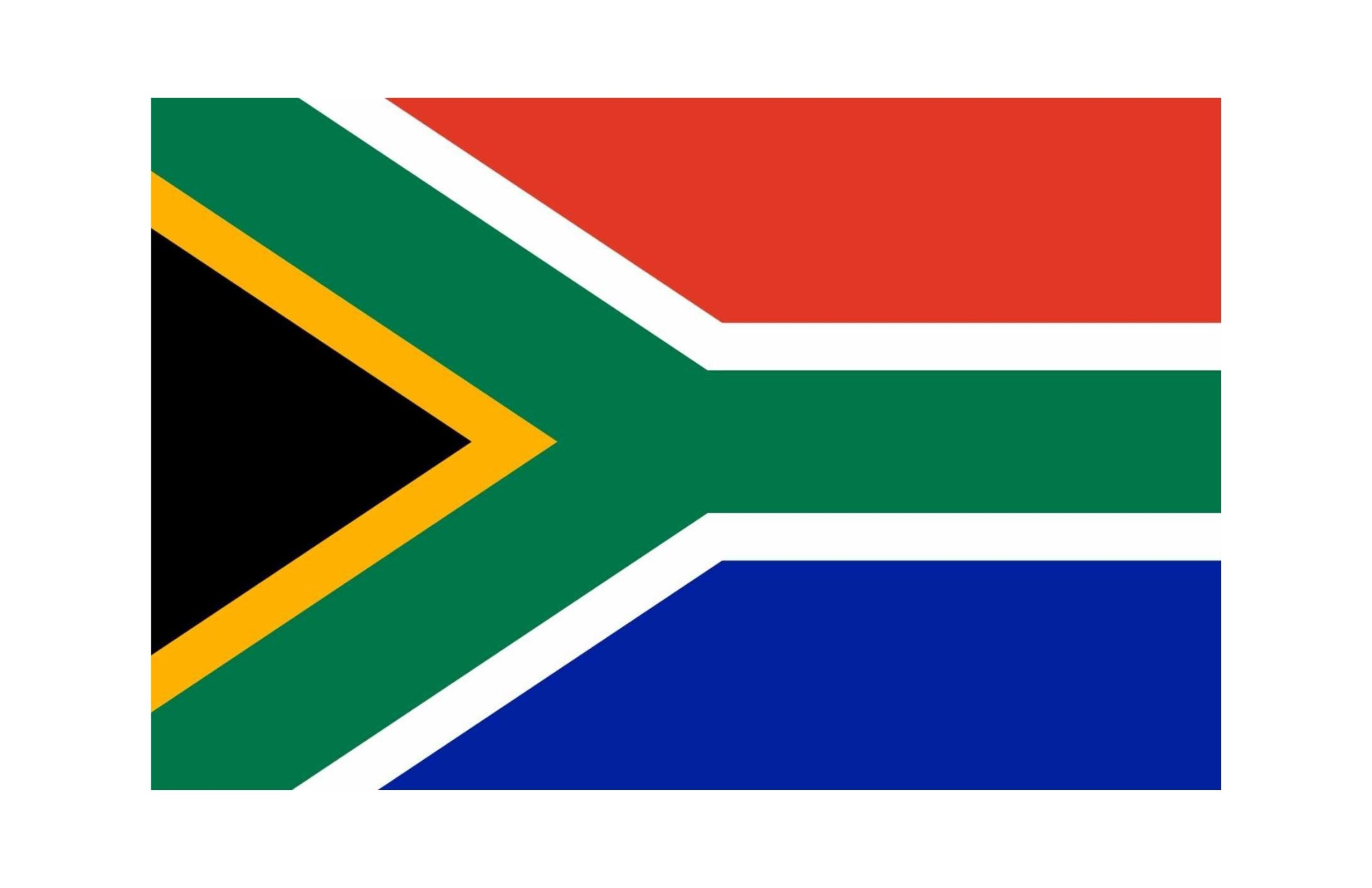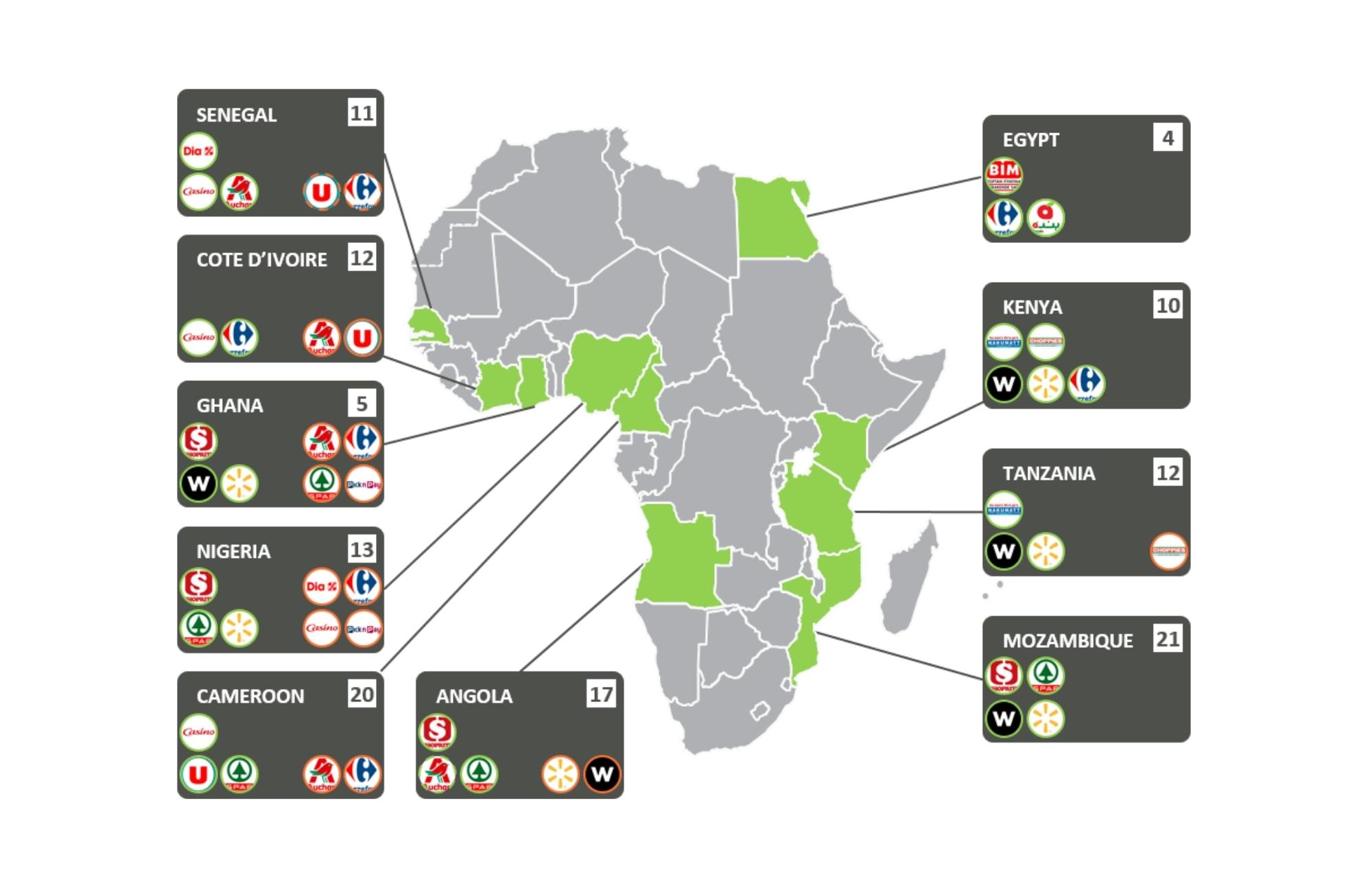Kenya’s Hustlers Fund (aka The Financial Inclusion Fund) was launched in late November 2022. Overall, the aim was that the Kenyan government would disburse KSh50bn ($380m) to Kenyan small businesses over five years as a bottom-up exercise in improving financial inclusion.
In order to access the Hustlers Fund, Kenyans must be aged 18 or older with a valid identification card. Borrowers also need to have a registered mobile number to be eligible as well as a mobile money account. To help combat fraud SIM card must have been in use for more than 90 days.
The loan process works with feature phones and smartphones. Communications Authority of Kenya statistics tell us that 33.6m feature phones were actively in use between October and December 2022. Over the same period 29.7m smartphones were in use. Feature phones remain especially popular in rural areas where reliability and battery life are key, and where 3G and 4G access is less common so a smartphone confers less benefit.
It is a radical programme that embraces a more laissez-faire (i.e. non-prescriptive) approach to financial empowerment and which works particularly well in Kenya because of the existing penetration of mobile money apps. Mobile money penetration grew from 68% in 2021 to 73.8% in March 2022 according to the Communications Authority of Kenya (CA). When the latest data is released, it is likely to have increased again.
Kenya has 299,904 5G phone users, according to the CA. There are 20.5m 4G subscriptions in Kenya. Because of the use of mobile money apps, led by Safaricom’s M-Pesa, Airtel Money, Equitel Money, Mobile Pay and T-Kash, Kenyan mobile phone users are a good testing ground for digital loans. Indeed, they are already offered a wide range of loans via mobile money platforms. In fact in early March, three Kenyan consumers launched a high profile case against Safaricom alleging that it was operating a financial business without being a licensed bank or financial institution.
Safaricom is under considerable pressure split M-Pesa from the mobile service, but has so far managed to resist legal attempts to do so. The problem is that M-Pesa revenues accounted for 38% of Safaricom’s revenues and almost 50% of profits in the financial year ended March 31, 2022, KSh50bn (then worth 423m) before tax.
Uptake of the Hustler Fund
As at early March, the Kenyan government had disbursed more than KSh21.1bn ($159m). KSh11.8bn ($89.3m) has been repaid so far with another KSh1bn ($7.6m) put into savings. From launch until February 2023 over 15m Kenyans registered to receive loans.
The fund was also connected to Twiga Foods: the Kenyan government gave Twiga Foods a KSh300m ($2.45m) loan for onward lending to suppliers and customers.
In late March 2023, the government had disbursed Ksh24bn ($181.5bn) to 19m Kenyans, a huge take up from a population of 57m people. KSh14.2bn ($107.4m) has been repaid, suggesting repayment rates had fallen from 59% to 56%.
Across Kenya, more than 800,000 borrowers had defaulted on Hustler Fund by March 2023. Borrowers in some areas hit by drought default rates are apparently more than 70%.
Politically, the Hustlers Fund won’t move the dial on President Ruto’s popularity. His opponents are encouraging voters to protest on the streets at the rise in the cost of living. Although the fund provides some degree of relief, payment terms are 14 days and the fund’s main objective is to stop Kenyans from using predatory loan schemes. It won’t cure poverty. It doesn’t provide a meaningful alternative trade credit.
The Hustler Fund as an enabler of formalisation
The real transformation promised by the Hustler Fund is formalisation. To some extent private apps like mobile money apps, buying apps and trade credit apps already do this in the private arena. The Hustler Fund does this directly with government. It is a means of conditioning benefits on users registering their details. The benefit in this case is cheap money and a social net.
Kenya is at the forefront of this move towards formalisation in low income countries in Africa: in February 2022 it launched a programme to force users to register SIM cards or risk being cut off. At the point of launch, compliance was 48%. It is currently 93%. The government is looking to digitize 5,000 of its services by June 2023.
In commercial terms, the incentive to move to a smartphone and to formalise via digital apps is that for retailers and consumers alike the ability to access loans, compare prices in buying apps, engage with social sellers provides another solution to help ease the cost of living crisis. The real challenge is rolling out those benefits to rural consumers and retailers. Unless they can be incentivised to use smartphones and have access to 3G, their formalisation will be slower and they cannot benefit as much from transformative digital apps.
Application in other markets
Outside Kenya, assuming the fraud and default rates remain within an acceptable tolerance, the use of a Hustler Fund could become a mechanism for driving smartphone uptake and more formalisation of trade.
In Nigeria, for example, some upper estimates place the uptake of buying apps at 20% of retailers. We think the real number is probably lower: from an outlet universe of 1.5m traders, we don’t think 300,000 are using buying apps quite yet. If this were the case, the overlap between the major players TradeDepot, Omnibiz and Alerzo would be minimal despite the fact that each company is going after the same shortlist of major cities.
As in Kenya, rather than manage the fraud risk itself and become a parallel provider of trade credit, the opportunity in markets like Nigeria, Ghana, Uganda, Tanzania, Egypt, Morocco, Senegal and Cote d’Ivoire – all of which have B2B buying apps – is to extend trade credit to the apps themselves on condition of access to the data.
But also, as happens in Kenya, the process of formalisation using government-backed loans a as mechanism works well when consumers and traders can be incentivised to save time or money or access new services within a digital ecosphere. Rwanda may be a good candidate for this, because the government has a strategic plan for digitalisation. Nigeria, where the government’s approach to digital services is less strategic, perhaps less so.










